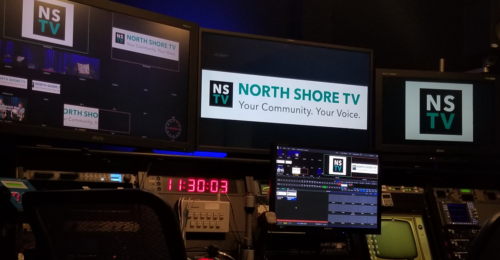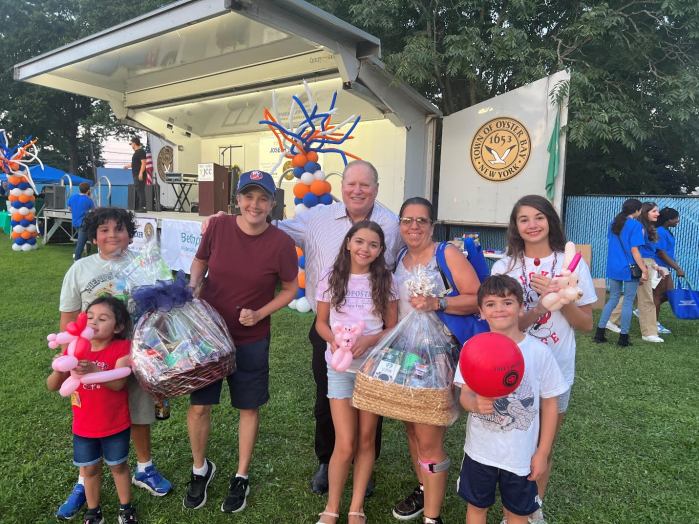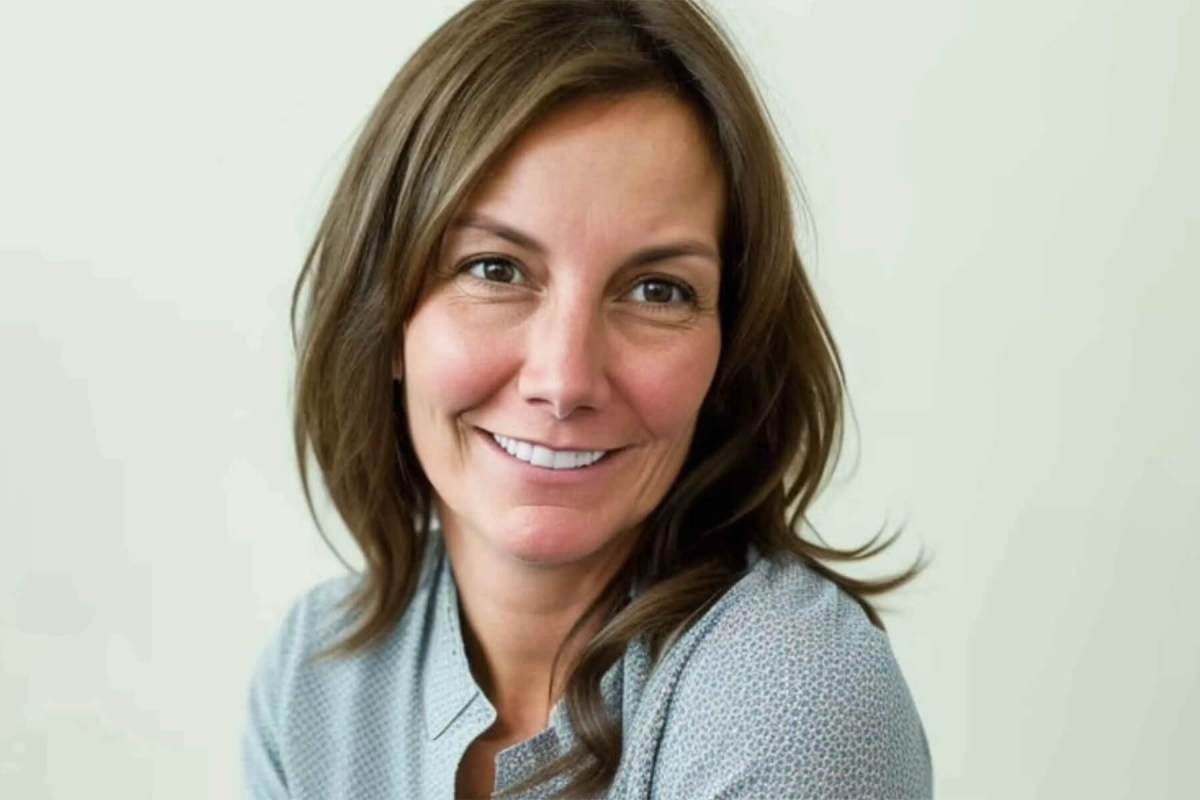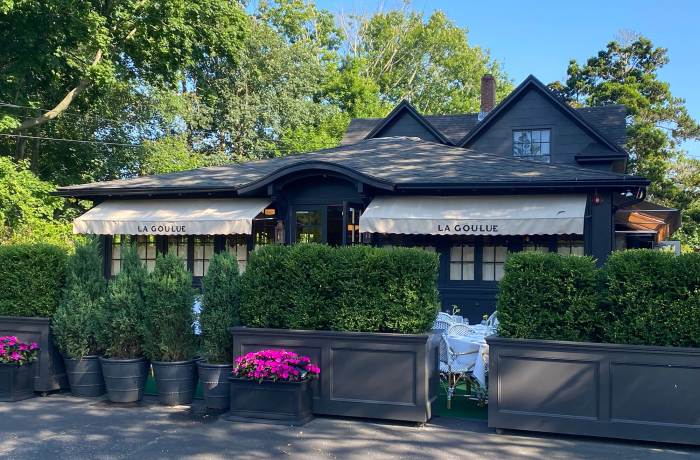
At Nassau County Police Headquarters in Mineola last week, Nassau County Police Commissioner Patrick Ryder along with County Executive Laura Curran unveiled the rollout of the LanguageLine app, which will help Nassau County police officers better communicate with those who don’t speak English or who are deaf.
LanguageLine, which has already been in the department’s station houses for quite some time now, will now be in all radio patrol vehicles. Equipping officers with iPhones that are capable of accessing the app that has 350 languages installed, Ryder called the brand new initiative community policing on steroids and that it was a response to the county’s ever-changing and diverse community. Just last week, the department introduced the new app to three county precincts.

“At no extra cost to the taxpayer by using asset forfeiture money and using the latest technology we are going to be able to communicate with all of our residents,” said Curran. “This is one other way that we’re proving that every single person in Nassau County in our growingly diverse county will be respected and will be protected. [The app] is simple, quick and it’s direct language access.”
Once a police officer gets a particular situation under control such as a domestic incident, in a matter of seconds the officer will go to the app and connect with a translator who can either speak to a victim in their native language or sign to them if they are deaf.
For those who are deaf, the translator will connect with them over FaceTime while audio translators will communicate with those who speak a different language. The audio, which will be taped for control issues, will be available to the police department later on if they need it for evidence purposes.
There are currently 450 phones within the police department, who recently purchased another 250 phones. The contract will cost the department approximately $350,000 for the next three years.
“The reason why we pushed it out to three years is because technology changes,” explained Ryder. “In three years from now, we will revisit this and see where we are. Every single cop will get an iPhone. All 177 police cars will have it, our supervisors will have it, our emergency services vehicles will have it, [as well as] our administrative staff including myself.”
The department performs 365,000 car stops a year, conducts more than 2,000 field interviews and makes 50 arrests a day—interacting with the public more than one million times a year.
“Many times we run into individuals who cannot communicate with us,” said Ryder. “You can imagine the frustration with the police officer and the victim when we cannot communicate with them. And it’s so important, especially in our ongoing gang issue that we have to deal with our Hispanic community to make sure our victims are comfortable with us.”
Because of the LanguageLine app, Ryder said the police department has entered into a new era as far as its communication tactics are concerned. The app will also help the department send crime photos more efficiently to each other. Instead of having a detective come out with a camera to take photos of a victim, officers can now use the camera app on their iPhones.
“They can take those photos and text it or email it to VeriPic, which is the evidence gathering program that we have that brings those photos into [our] system,” explained Ryder. “We can get it there quickly, it can be viewed by the district attorney and it can be viewed by detectives quickly.”
































